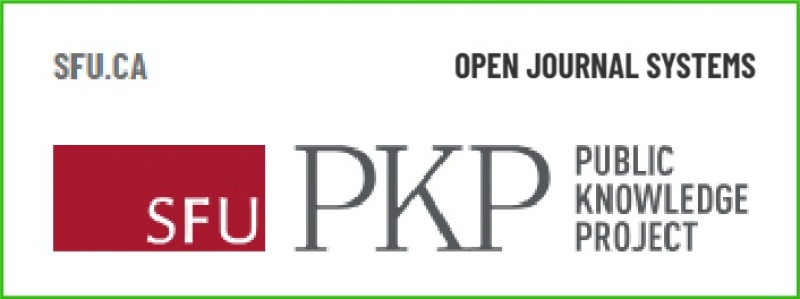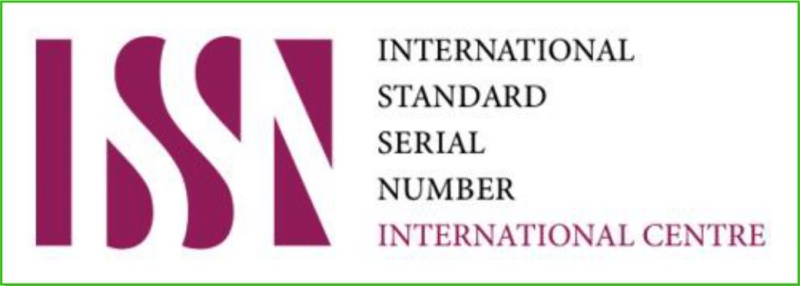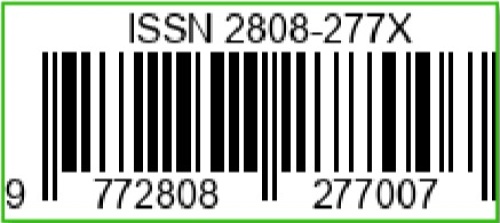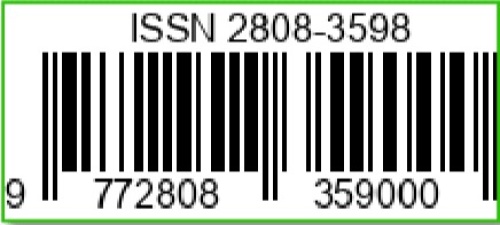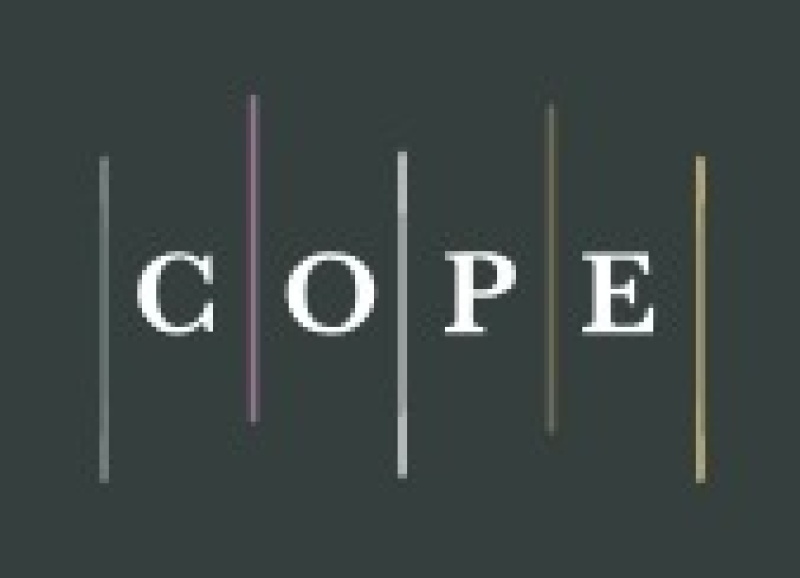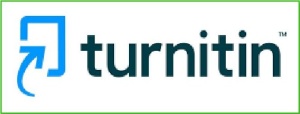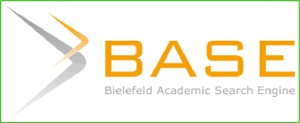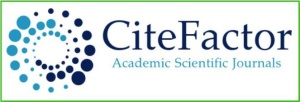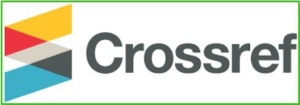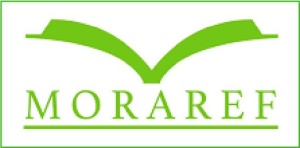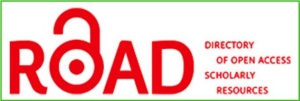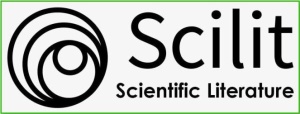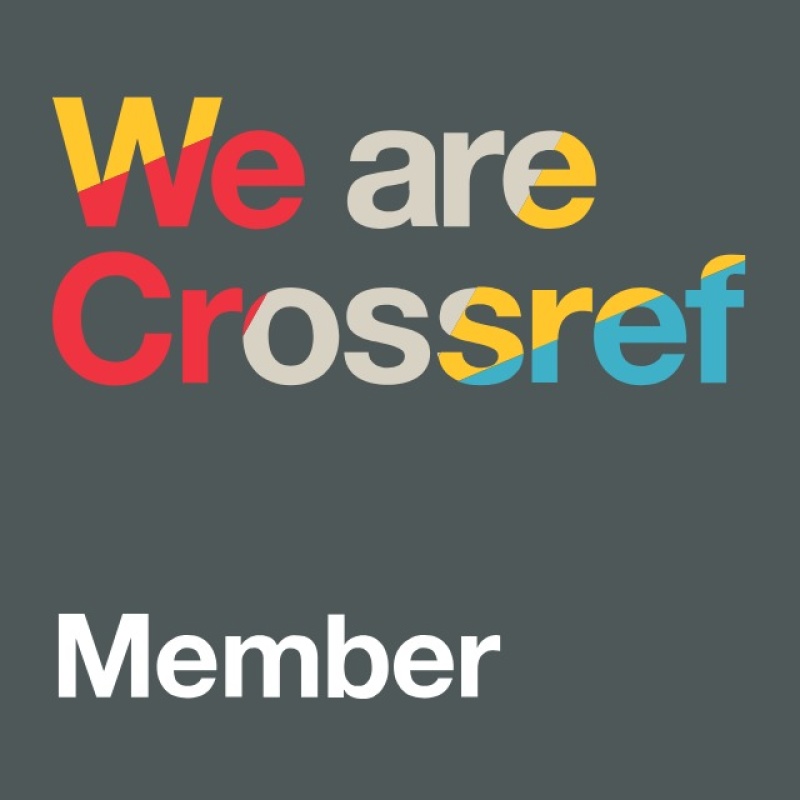Penerapan Model Pembelajaran Active Learning dalam Meningkatkan Aktivitas dan Hasil Belajar Biologi Siswa Kelas VIII
DOI:
https://doi.org/10.36312/biocaster.v4i2.256Keywords:
Active Learning, Activities, Learning Outcomes.Abstract
This research aims to determine the increase in student activity and learning outcomes through the application of the Active Learning learning model in biology lessons for class VIII students at SMP Negeri 12 Tasikmalaya. This type of research is Classroom Action Research (PTK). This research was conducted at SMP Negeri 12 Tasikmalaya. The population in this study were all class VIII students, while the sample used was 25 students. The instruments used in this research were observation sheets and test questions. Data collection techniques use observation and tests. The data analysis technique in this research is qualitative and quantitative data analysis. Qualitative data analysis is used to analyze data obtained from observations carried out in the first cycle and subsequent cycles, the data is collected and then concluded. Meanwhile, quantitative data analysis is used to process data in the form of numbers, both observation data and student learning outcomes (evaluation) data which are then processed into quantitative data in research. The results of this research show that, in cycle I, the student activity score was 2.5 in the quite active category and in cycle II it was 3.33 in the active category. For learning outcomes, the percentage of classical completeness in cycle I was 68% in the incomplete category and in cycle II it was 88% in the completed category. Thus it can be concluded that the application of the Active Learning learning model can improve the activities and learning outcomes of class VIII students at SMP Negeri 12 Tasikmalaya.
Downloads
References
Abdullah, R. (2016). Pembelajaran dalam Perspektif Kreativitas Guru dalam Pemanfaatan Media Pembelajaran. Lantanida Journal, 4(1), 35-49. http://dx.doi.org/10.22373/lj.v4i1.1866
Arikunto, S. (2008). Dasar-dasar Evaluasi Pendidikan. Jakarta: PT. Rineka Cipta.
______. (2009). Penelitian Tindakan Kelas. Jakarta: PT. Bumi Aksara.
Astarina, R. (2017). Peningkatan Aktivitas dan Hasil Belajar melalui Strategi Pembelajaran Small Group Work Siswa Kelas IV SD Negeri 1 Tanjungsenang. Skripsi. Universitas Lampung.
Daulay, H. (2022). Strategi Guru Sejarah Kebudayaan Islam dalam Mengatasi Kejenuhan Belajar di MTs. Ulumul Qur’an. Educate : Jurnal Ilmu Pendidikan dan Pengajaran, 1(2), 152-169. https://doi.org/10.56114/edu.v1i2.270
Hidayati, N. (2021). Meningkatkan Aktivitas dan Hasil Belajar Siswa melalui Model Blended Learning Berbantuan Media Bongkar Pasang pada Materi Tatanama Senyawa di SMA Negeri 1 Bandar Baru. Skripsi. Universitas Islam Negeri Ar-Raniry Banda Aceh.
Huriati, H. (2023). Penerapan Pembelajaran Kooperatif Model Two Stay Two Stray untuk Meningkatkan Lima Unsur Pembelajaran Kooperatif dan Prestasi Belajar Siswa Kelas X MAN Salido. Journal on Education, 6(1), 4699-4715. https://doi.org/10.31004/joe.v6i1.3622
Leonard., Wibawa, B., & Suriani, S. (2019). Model dan Metode Pembelajaran di Kelas. Jakarta Selatan: Lembaga Penelitian dan Pengabdian kepada Masyarakat, Universitas Indraprasta PGRI.
Safnowandi, S. (2016). Penggunaan Metode Role Playing terhadap Minat dan Hasil Belajar Biologi Siswa Kelas X MA Addinul Qayyim Kapek Gunungsari Tahun Pelajaran 2010/2011. Jurnal Ilmiah Mandala Education, 2(2), 133-139. http://dx.doi.org/10.58258/jime.v2i2.89
Tahulending, G., Anas, S., & Hurint, M. (2021). Penerapan Model Pembelajaran Jigsaw untuk Meningkatkan Hasil Belajar Bahasa Indonesia pada Siswa Kelas V SD Nasional Kahuku. Jurnal Inovasi Penelitian, 1(12), 2837-2842. https://doi.org/10.47492/jip.v1i12.550
Wicaksono, D., & Iswan, I. (2019). Upaya Meningkatkan Hasil Belajar Peserta Didik melalui Penerapan Model Pembelajaran Berbasis Masalah di Kelas IV Sekolah Dasar Muhammadiyah 12 Pamulang, Banten. Holistika : Jurnal Ilmiah PGSD, 3(2), 111-126. https://doi.org/10.24853/holistika.3.2.111-126

Downloads
Published
How to Cite
Issue
Section
License
Copyright (c) 2024 Zulhia Ariati & Norma Hirliana

This work is licensed under a Creative Commons Attribution-ShareAlike 4.0 International License.
-
Attribution — You must give appropriate credit, provide a link to the license, and indicate if changes were made. You may do so in any reasonable manner, but not in any way that suggests the licensor endorses you or your use.
-
ShareAlike — If you remix, transform, or build upon the material, you must distribute your contributions under the same license as the original.

